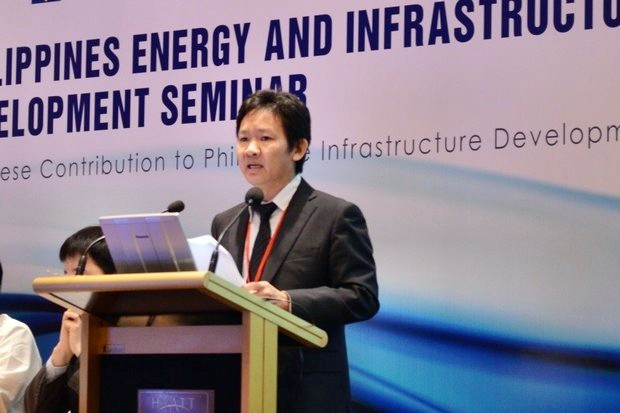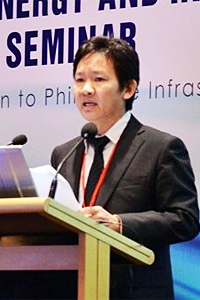
About 134 million people in the Association of Southeast Asian Nations (Asean) region do not have access to electricity.
At the end of 2015, the Asean Community declared that a lack of power and energy access could threaten the region's economic growth and its economic transition.
Many industrial, commercial and economic zones, as well as remote areas in Asean's emerging economies that contribute to economic growth, are sometimes faced with an unstable energy supply.
This likelihood has a tendency to discourage businesses and households from investing in economic activities, such as the provision of goods and services.
Off-grid Distributed Energy Systems (DES) using renewable energy could be a solution to this problem, thanks to the increasing availability of small power generation and renewable energy technologies.
Off-grid DES-related renewable energy sources include biomass, solar, and hydropower, with generating capacities ranging from a few kilowatts to as much as 50 megawatts.
Such renewable energy technologies can either be integrated into local electricity distribution grids or used as "stand alone" systems in areas where the extension of electricity transmission lines is not economically viable.
As the energy supply from off-grid DES-related renewable sources has a lot of potential to increase in emerging Asean economies, the Economic Research Institute for Asean and East Asia has attempted to estimate such potential using both a "business-as-usual" scenario and an "alternative policy scenario".
The business-as-usual scenario was developed for each Asean country. It outlines current energy policies, future energy policies and economy-wide energy consumption, assuming there are no significant changes in government policies.
The alternative policy scenario was set to examine the potential impact of additional energy efficiency goals, action plans, and policies under consideration.
The results showed that if Asean governments have alternative policies, electricity supply in the region from off-grid DES-related renewable sources will rise to 91,854 gigawatt-hours from the business-as-usual scenario's combined capacity of 65,608 gigawatt-hours.
The region's investment opportunity, estimated for the combined use of solar, wind, biomass, hydropower, and geothermal will also increase to about US$56 billion (1.9 trillion baht) under the alternative policy scenario from about $34 billion under the business-as-usual scenario.
Of all DES-related renewable energy sources, the investment potential of solar and geothermal power is high.
With alternative policies, total investment in each of the two energy sources is expected to double from the investment value estimated for the business-as-usual approach.
Similarly, with alternative policies, investment in wind energy is expected to increase more than threefold to meet the expected generation output by 2040.
With potential increases in off-grid DES-related renewable energy sources in Asean, it is also estimated that CO2-emission reduction in the region will be about 46.1 million metric tons under the BAU scenario, and 64.6 million metric tons under the APS scenario.
But to realise the potential of off-grid DES-related renewable capacity and investment, an enabling policy framework that provides a long-term government commitment and credible targets will be needed.
Asean may need to consider a wide range of policy options and instruments, though it has already targeted a 23% share of renewable energy in primary energy supply by 2025.
Therefore, Asean countries should consider designing a national policy that aims to provide a trajectory for the future energy mix.
The policy should include a renewable energy target, a renewable energy law or strategy, and law and programmes for particular types of renewables.
Governments should also provide fiscal incentives that aim to reduce the upfront cost by introducing fiscal policy instruments such as exemptions of value-added tax, fuel tax, income tax, import and export duties, and local taxes, and the introduction of a carbon tax.
They will boost confidence in project developments and encourage investment in the introduction of grid access.
Moreover, regulatory instruments should be introduced to provide incentives for investing in renewables through the implementation of energy policies such as feed-in tariffs, feed-in premiums, auctions, net metering, and quotas.
Other options that Asean governments should include in their policies are financial mechanisms arranged to help reduce risk among investors through the implementation of currency hedging, dedicated funds, eligible funds, or guarantees.
The expansion and application of this renewable supply would give people a chance to access energy at a much lower cost, and help bring electricity to communities of about 134 million people who can use it to improve their livelihoods and pursue economic opportunities.
This type of renewable energy supply will also contribute to CO2 reduction by reducing emissions by as much as nearly 65 million metric tonnes in the APS scenario. Undoubtedly, Asean will enjoy quality growth by investing more in off-grid DES-related renewable energy sources.
